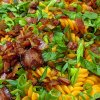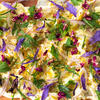

Here's What To Do If You Get Food Poisoning

Q&A with Organizational Pro Peter Walsh + Dermatologist Shares A…

Actor Hank Azaria + Freezer Meals + Artichokes 2 Ways with Rach

See Inside Barbara Corcoran's Stunning NY Apartment + It's Steak…

How to Make Chicken and Lobster Piccata | Richard Blais
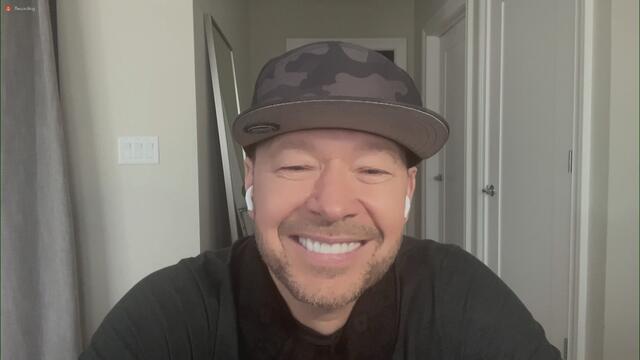
Donnie Wahlberg Spills Details About NKOTB's First Ever Conventi…

Donnie Wahlberg + Jenny McCarthy Say Rach Is Such a "Joy" + Look…

The Best Moments From 17 Seasons of the Show Will Make You Laugh…

How to Make Crabby Carbonara | Rachael Ray
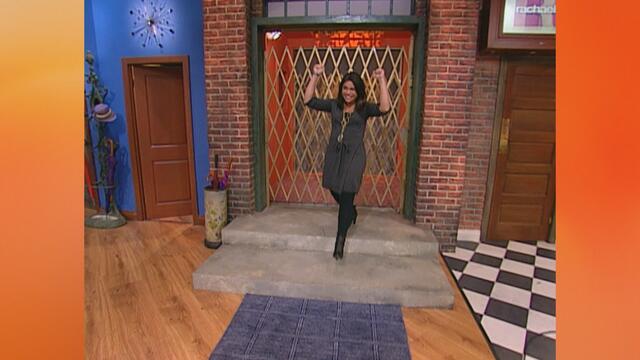
Rach Chats "Firsts" In Flashback From Our First Episode Ever In …
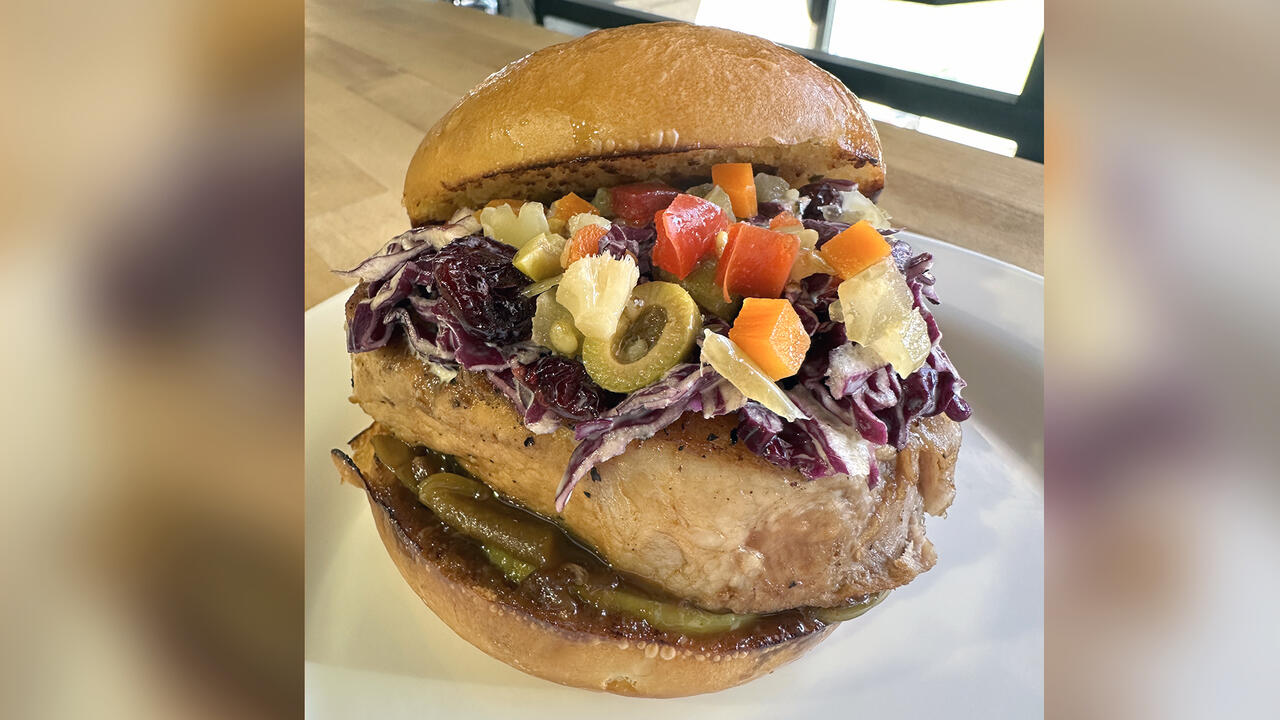
How to Make Apple-Cider Braised Pork Chop Sandwiches with Onion …
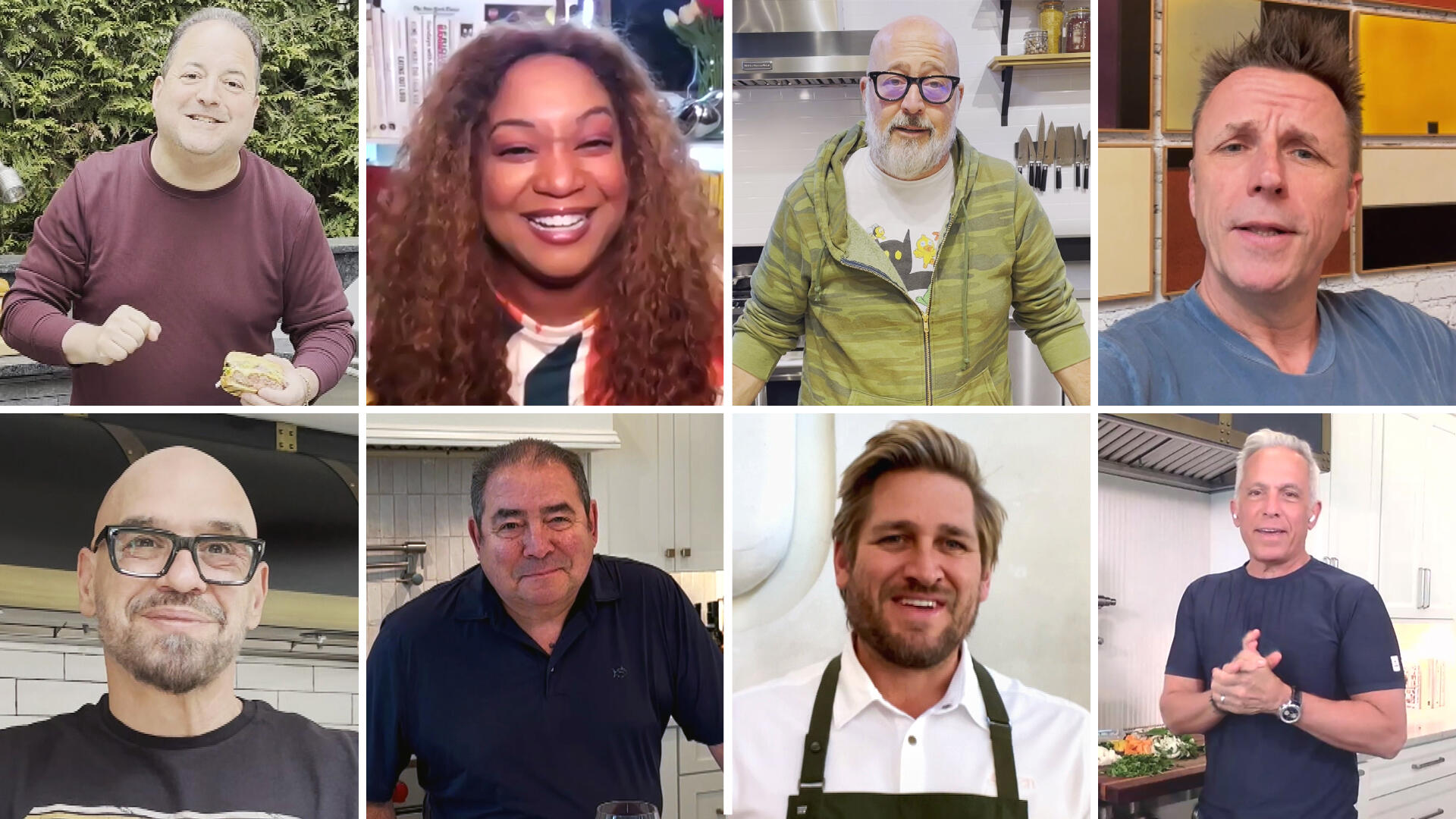
Rach's Chef Pals Say Goodbye to Show in Surprise Video Message
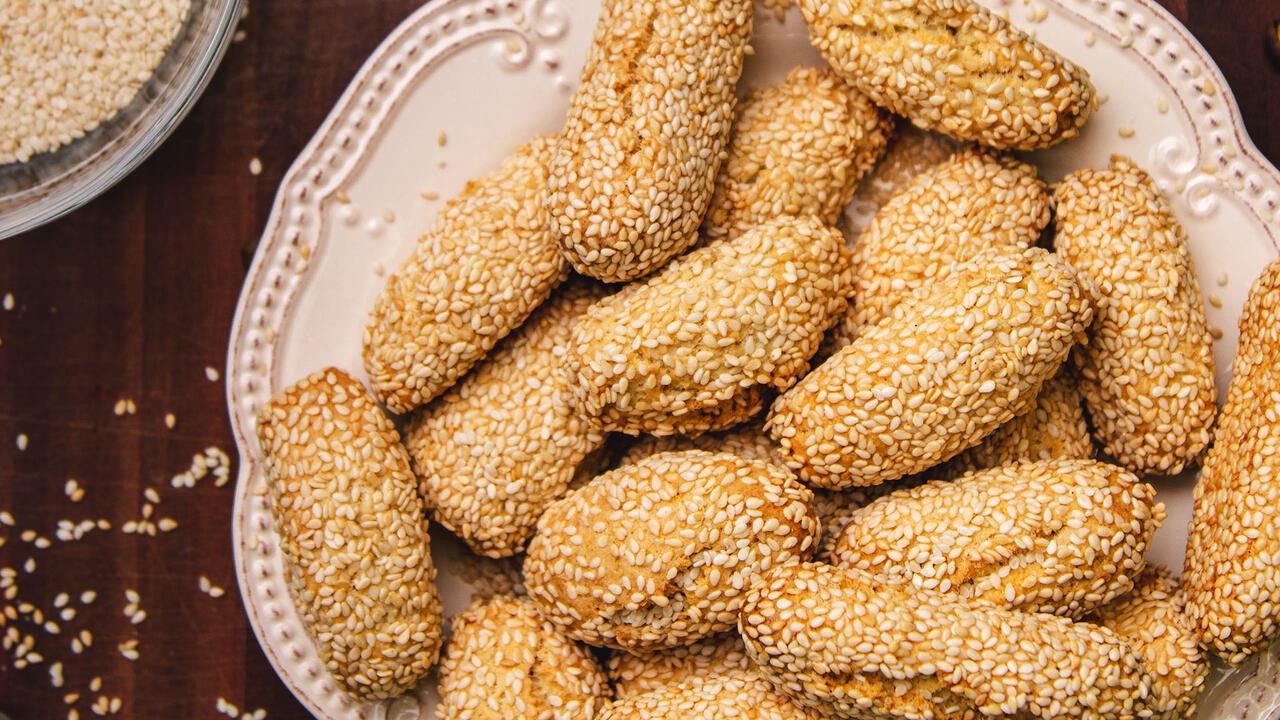
How to Make Sesame Cookies | Buddy Valastro

How to Make Tortilla with Potatoes, Piquillo Peppers and Mancheg…
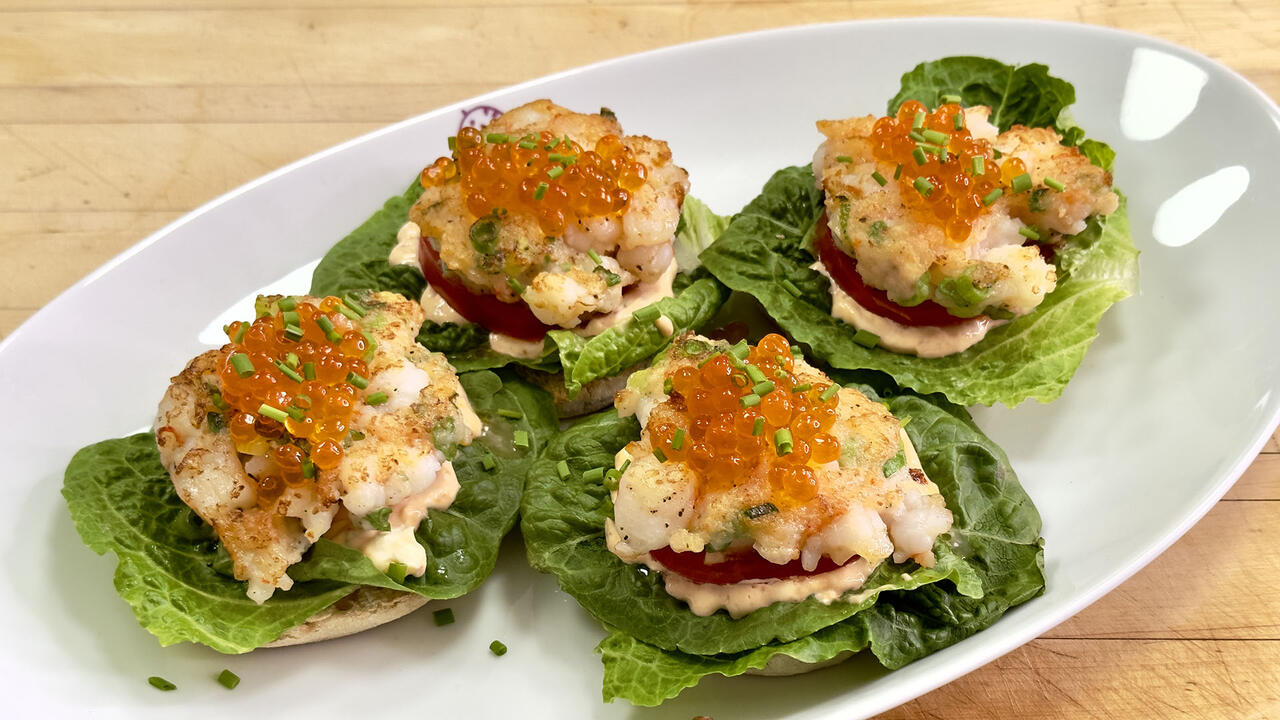
How to Make Shrimp Burgers | Jacques Pepin

How to Make Spanakopipasta | Rachael Ray

Andrew McCarthy Chokes Up Discussing Emotional Trip to Spain wit…

Celebrity Guests Send Farewell Messages After 17 Seasons of the …

Celebrity Guests Send Farewell Messages After 17 Seasons of the …

Andrew McCarthy Teases Upcoming "Brat Pack" Reunion Special

Michelle Obama Toasts Rach's 17 Years on the Air With a Heartfel…
It's a holly jolly… OUCH!
Believe it or not, all the Christmas merry-making also makes it a season of maladies! Last year, it was reported that the emergency room saw a 30 percent spike in patients from Thanksgiving to Christmas. While no one wants their celebration to be dashed by an emergency, just a little bit of preparation can hopefully keep your family safe and healthy this holiday season.
Watch the video above for tips from dermatologist Dr. Whitney Bowe, gastroenterologist Dr. Anish Sheth and internist Dr. Holly Phillips on how to deal with six of the most common holiday injuries and illnesses.
1. FOOD POISONING
Most holiday gatherings center around food, so it's not surprising that food poisoning is a common complaint around the holiday season.
"Food poisoning can be caused by viruses, but most commonly bacteria," explains Dr. Sheth. "The most common bacteria is salmonella."
Salmonella comes from undercooked meat, he explains, but most cases are caused by unsanitary food preparation. Think about how many times you may unknowingly touch your buffet spread, utensils or hors-d'oeuvres after touching a raw turkey!
If you do get sick, Dr. Sheth recommends taking anti-nausea and anti-diarrhea medicine, but also ensuring that you stay hydrated, either by drinking fluids or sucking on ice chips made from water or sports drinks. "Your urine should be either clear or a pale yellow color," says Dr. Sheth. "The darker it is, the more dehydrated you are." If vomiting continues for more than 12 hours, Dr. Sheth recommends going to the hospital to receive IV fluids.
Watch the video above to hear Dr. Sheth talk about this common ailment.
2. CHOKING
"Choking increases a huge amount during the holidays," Dr. Phillips says. "Choking happens when something gets lodged in our windpipe, also called our trachea, and blocks air from getting in or out." While adults mostly choke on food, Dr. Phillips cautions that kids often choke on holiday decorations and other foreign objects.
The universal sign for choking, explains Dr. Phillips, is two hands crossed in front of your chest, to signal that your airflow is cut off, but that’s not always a sign to start first aid. If the person is loudly coughing to dislodge the object, that’s a good sign that they may able to clear their throat on their own. On the other hand, "if they're silent or are making a high squeaky sound," Dr. Phillips says, "we need to do some first aid."
The American Red Cross recommends following the five-by-five rule for choking: Give five back blows, followed by five abdominal thrusts until the blockage is dislodged.
How to Help Someone Who's Choking

How to Help Someone Who's Choking

Q&A with Organizational Pro Peter Walsh + Dermatologist Shares A…

Actor Hank Azaria + Freezer Meals + Artichokes 2 Ways with Rach

See Inside Barbara Corcoran's Stunning NY Apartment + It's Steak…

How to Make Chicken and Lobster Piccata | Richard Blais

Donnie Wahlberg Spills Details About NKOTB's First Ever Conventi…

Donnie Wahlberg + Jenny McCarthy Say Rach Is Such a "Joy" + Look…

The Best Moments From 17 Seasons of the Show Will Make You Laugh…

How to Make Crabby Carbonara | Rachael Ray

Rach Chats "Firsts" In Flashback From Our First Episode Ever In …

How to Make Apple-Cider Braised Pork Chop Sandwiches with Onion …

Rach's Chef Pals Say Goodbye to Show in Surprise Video Message

How to Make Sesame Cookies | Buddy Valastro

How to Make Tortilla with Potatoes, Piquillo Peppers and Mancheg…

How to Make Shrimp Burgers | Jacques Pepin

How to Make Spanakopipasta | Rachael Ray

Andrew McCarthy Chokes Up Discussing Emotional Trip to Spain wit…

Celebrity Guests Send Farewell Messages After 17 Seasons of the …

Celebrity Guests Send Farewell Messages After 17 Seasons of the …

Andrew McCarthy Teases Upcoming "Brat Pack" Reunion Special

Michelle Obama Toasts Rach's 17 Years on the Air With a Heartfel…
3. BURNS
Burns are another common holiday accident, but not all burns are created equal. "What causes the burn matters," says Dr. Bowe. "If boiling water gets on your skin, it's going to hurt and cause a burn but it's unlikely that it's going to penetrate very deeply." Boiling grease or oil is much more likely to deeply penetrate skin and leave a scar.
To treat a burn, start by cooling the burn under water. Dr. Bowe recommends avoiding ice, which can injure the skin even more. To protect the burn, apply a thin layer of petroleum jelly or aloe vera and apply a non-stick dressing and paper tape. Wash the wound once a day with soap and water, re-apply petroleum jelly and redress the wound.
Most importantly, if the burn forms a blister, do not pop it. "The blister roof actually acts like a natural Band-Aid and protects the burn from getting infected," Dr. Bowe says. If the burn is larger than three inches wide, or if the burn is on the face, hands, feet, in the groin, or over a joint like on the wrist or elbow, Dr. Bowe recommends seeing a doctor.
The 3 Degrees of Burns and How to Treat Them

The 3 Degrees of Burns and How to Treat Them

Q&A with Organizational Pro Peter Walsh + Dermatologist Shares A…

Actor Hank Azaria + Freezer Meals + Artichokes 2 Ways with Rach

See Inside Barbara Corcoran's Stunning NY Apartment + It's Steak…

How to Make Chicken and Lobster Piccata | Richard Blais

Donnie Wahlberg Spills Details About NKOTB's First Ever Conventi…

Donnie Wahlberg + Jenny McCarthy Say Rach Is Such a "Joy" + Look…

The Best Moments From 17 Seasons of the Show Will Make You Laugh…

How to Make Crabby Carbonara | Rachael Ray

Rach Chats "Firsts" In Flashback From Our First Episode Ever In …

How to Make Apple-Cider Braised Pork Chop Sandwiches with Onion …

Rach's Chef Pals Say Goodbye to Show in Surprise Video Message

How to Make Sesame Cookies | Buddy Valastro

How to Make Tortilla with Potatoes, Piquillo Peppers and Mancheg…

How to Make Shrimp Burgers | Jacques Pepin

How to Make Spanakopipasta | Rachael Ray

Andrew McCarthy Chokes Up Discussing Emotional Trip to Spain wit…

Celebrity Guests Send Farewell Messages After 17 Seasons of the …

Celebrity Guests Send Farewell Messages After 17 Seasons of the …

Andrew McCarthy Teases Upcoming "Brat Pack" Reunion Special

Michelle Obama Toasts Rach's 17 Years on the Air With a Heartfel…
4. FALLING
"ER visits from falls increase dramatically during the holidays," Dr. Phillips says. "One of the biggest culprits is falls from ladders."
If you have to go up on a ladder, Dr. Phillips recommends following the four-by-one rule: For every four feet you have to climb, move the base of the ladder one foot away from the wall. She also recommends having someone hold the ladder.
Should you or someone else take a tumble, make sure to watch out for the signs of a concussion.
The One Rule of Thumb You Should Always Follow When Using a Ladder

The One Rule of Thumb You Should Always Follow When Using a Ladd…

Q&A with Organizational Pro Peter Walsh + Dermatologist Shares A…

Actor Hank Azaria + Freezer Meals + Artichokes 2 Ways with Rach

See Inside Barbara Corcoran's Stunning NY Apartment + It's Steak…

How to Make Chicken and Lobster Piccata | Richard Blais

Donnie Wahlberg Spills Details About NKOTB's First Ever Conventi…

Donnie Wahlberg + Jenny McCarthy Say Rach Is Such a "Joy" + Look…

The Best Moments From 17 Seasons of the Show Will Make You Laugh…

How to Make Crabby Carbonara | Rachael Ray

Rach Chats "Firsts" In Flashback From Our First Episode Ever In …

How to Make Apple-Cider Braised Pork Chop Sandwiches with Onion …

Rach's Chef Pals Say Goodbye to Show in Surprise Video Message

How to Make Sesame Cookies | Buddy Valastro

How to Make Tortilla with Potatoes, Piquillo Peppers and Mancheg…

How to Make Shrimp Burgers | Jacques Pepin

How to Make Spanakopipasta | Rachael Ray

Andrew McCarthy Chokes Up Discussing Emotional Trip to Spain wit…

Celebrity Guests Send Farewell Messages After 17 Seasons of the …

Celebrity Guests Send Farewell Messages After 17 Seasons of the …

Andrew McCarthy Teases Upcoming "Brat Pack" Reunion Special

Michelle Obama Toasts Rach's 17 Years on the Air With a Heartfel…
5. ALCOHOL-RELATED INJURIES
Dr. Sheth says a good holiday rule of thumb is one drink an hour, which means a shot, a glass of wine or a bottle of beer. You can also calculate the amount of alcohol in a drink with a little math: Take the alcohol content of the drink and multiply it by the drink's volume.
Be sure to eat before and during drinking, which will slow the absorption of alcohol. Additionally, Dr. Sheth recommends drinking a glass of water for every drink to avoid dehydration. (We also love Bob Harper's tips for imbibing responsibly!)
How Much Alcohol Is Too Much Over the Holidays?

How Much Alcohol Is Too Much Over the Holidays?

Q&A with Organizational Pro Peter Walsh + Dermatologist Shares A…

Actor Hank Azaria + Freezer Meals + Artichokes 2 Ways with Rach

See Inside Barbara Corcoran's Stunning NY Apartment + It's Steak…

How to Make Chicken and Lobster Piccata | Richard Blais

Donnie Wahlberg Spills Details About NKOTB's First Ever Conventi…

Donnie Wahlberg + Jenny McCarthy Say Rach Is Such a "Joy" + Look…

The Best Moments From 17 Seasons of the Show Will Make You Laugh…

How to Make Crabby Carbonara | Rachael Ray

Rach Chats "Firsts" In Flashback From Our First Episode Ever In …

How to Make Apple-Cider Braised Pork Chop Sandwiches with Onion …

Rach's Chef Pals Say Goodbye to Show in Surprise Video Message

How to Make Sesame Cookies | Buddy Valastro

How to Make Tortilla with Potatoes, Piquillo Peppers and Mancheg…

How to Make Shrimp Burgers | Jacques Pepin

How to Make Spanakopipasta | Rachael Ray

Andrew McCarthy Chokes Up Discussing Emotional Trip to Spain wit…

Celebrity Guests Send Farewell Messages After 17 Seasons of the …

Celebrity Guests Send Farewell Messages After 17 Seasons of the …

Andrew McCarthy Teases Upcoming "Brat Pack" Reunion Special

Michelle Obama Toasts Rach's 17 Years on the Air With a Heartfel…
6. CUTS
When you get a cut, the first thing to do is to wash it with soap and water, says Dr. Bowe. Then, apply firm pressure with a washcloth or gauze to stop the bleeding.
Dr. Bowe is also a fan of a natural remedy for treating cuts and abrasions: Honey. "Honey is antibacterial and it's good for wound healing," she explains. "You want to buy something called medical-grade honey. You can get this at a pharmacy; it’s sterile and filtered so it's safe for open cuts."
You'll want to see a doctor for your cut if it's more than ¾” long, more than ¼" deep, won't stop bleeding, or is located over a joint, says Dr. Bowe.
Stay safe, everyone, and remember to always consult your doctor should you suspect something is wrong!
Here's What to Do If You Cut Yourself While Cooking

Here's What to Do If You Cut Yourself While Cooking

Q&A with Organizational Pro Peter Walsh + Dermatologist Shares A…

Actor Hank Azaria + Freezer Meals + Artichokes 2 Ways with Rach

See Inside Barbara Corcoran's Stunning NY Apartment + It's Steak…

How to Make Chicken and Lobster Piccata | Richard Blais

Donnie Wahlberg Spills Details About NKOTB's First Ever Conventi…

Donnie Wahlberg + Jenny McCarthy Say Rach Is Such a "Joy" + Look…

The Best Moments From 17 Seasons of the Show Will Make You Laugh…

How to Make Crabby Carbonara | Rachael Ray

Rach Chats "Firsts" In Flashback From Our First Episode Ever In …

How to Make Apple-Cider Braised Pork Chop Sandwiches with Onion …

Rach's Chef Pals Say Goodbye to Show in Surprise Video Message

How to Make Sesame Cookies | Buddy Valastro

How to Make Tortilla with Potatoes, Piquillo Peppers and Mancheg…

How to Make Shrimp Burgers | Jacques Pepin

How to Make Spanakopipasta | Rachael Ray

Andrew McCarthy Chokes Up Discussing Emotional Trip to Spain wit…

Celebrity Guests Send Farewell Messages After 17 Seasons of the …

Celebrity Guests Send Farewell Messages After 17 Seasons of the …

Andrew McCarthy Teases Upcoming "Brat Pack" Reunion Special


